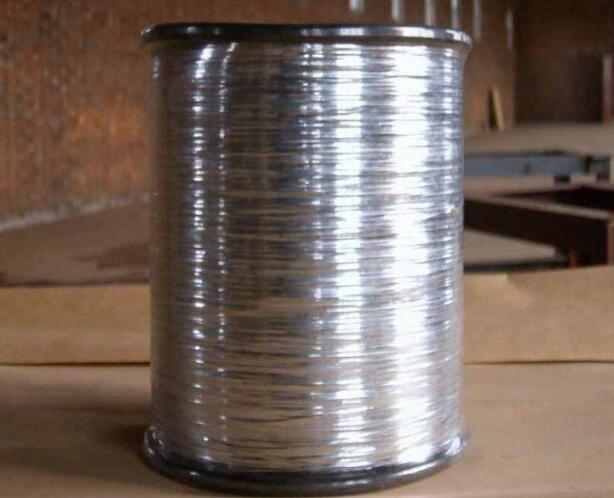The Function of Wire Gauze in Laboratory Settings
Wire gauze is a staple in laboratory fume hoods and is widely used in various scientific practices, serving multiple essential functions that enhance safety, efficiency, and experimental outcomes. Typically made of a fine mesh of metal wires, wire gauze is designed to withstand high temperatures and provide support for various glassware and apparatus during heating processes. This article delves into the critical roles played by wire gauze in laboratory settings and its significance for both novice and experienced scientists.
One of the primary functions of wire gauze is to act as a heat distribution surface. When a Bunsen burner is used to heat a substance in a beaker or flask, direct flame contact can result in uneven heating, which may lead to boiling, splattering, or even breakage of glassware. Wire gauze provides a flat and stable base, spreading out the heat from the burner across the entire surface of the container. This mitigates hot spots that could cause the glass to crack or break, thus ensuring a more controlled and uniform heating process.
The Function of Wire Gauze in Laboratory Settings
Moreover, wire gauze aids in supporting heating vessels. When using a tripod stand and a Bunsen burner, wire gauze is placed atop the tripod to provide stability for glassware. This support ensures that flasks and beakers are held securely in place, preventing them from tipping over during boiling or swirling. The reliable support from wire gauze allows for smoother operation, enabling scientists to focus on their experiments without the worry of accidental spills or breakage.
function of wire gauze

In addition to being a support and heat distributor, wire gauze can also serve as an insulator. The metal material has certain insulating properties, helping to protect the laboratory surface beneath from excessive heat. This aspect is significant in maintaining the integrity of laboratory furniture and equipment, as prolonged exposure to heat can lead to damage or deterioration. By absorbing some of the heat and dispersing it evenly, wire gauze prolongs the lifespan of other equipment and surfaces in the laboratory.
Another innovative use of wire gauze can be found in filtration processes. In certain experiments, especially those involving solid-liquid separations, wire gauze can act as a filter that eliminates larger particles while allowing liquids to pass through. Although this is not its primary function, the versatility of wire gauze to adapt to various roles showcases its practical importance in scientific experimentation.
The materials used to create wire gauze vary, with common options including stainless steel and copper. The choice of material often depends on the specific application and the chemicals involved in the experiment. Stainless steel is particularly favored for its resistance to corrosion and heat, making it ideal for consistently harsh laboratory environments. Regardless of the material, the design of wire gauze remains robust and reliable.
In summary, wire gauze is an essential component in laboratory settings, serving multiple critical functions from heat distribution and safety features to support and filtration. Its versatility and durability make it an indispensable tool for experimental procedures, providing a stable and secure working environment. As scientists continue to innovate and explore new methodologies, the utilization of wire gauze will remain a fundamental aspect of laboratory safety and effectiveness, ensuring that scientific advancements can be achieved with precision and care.

















